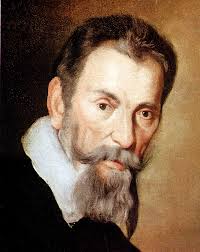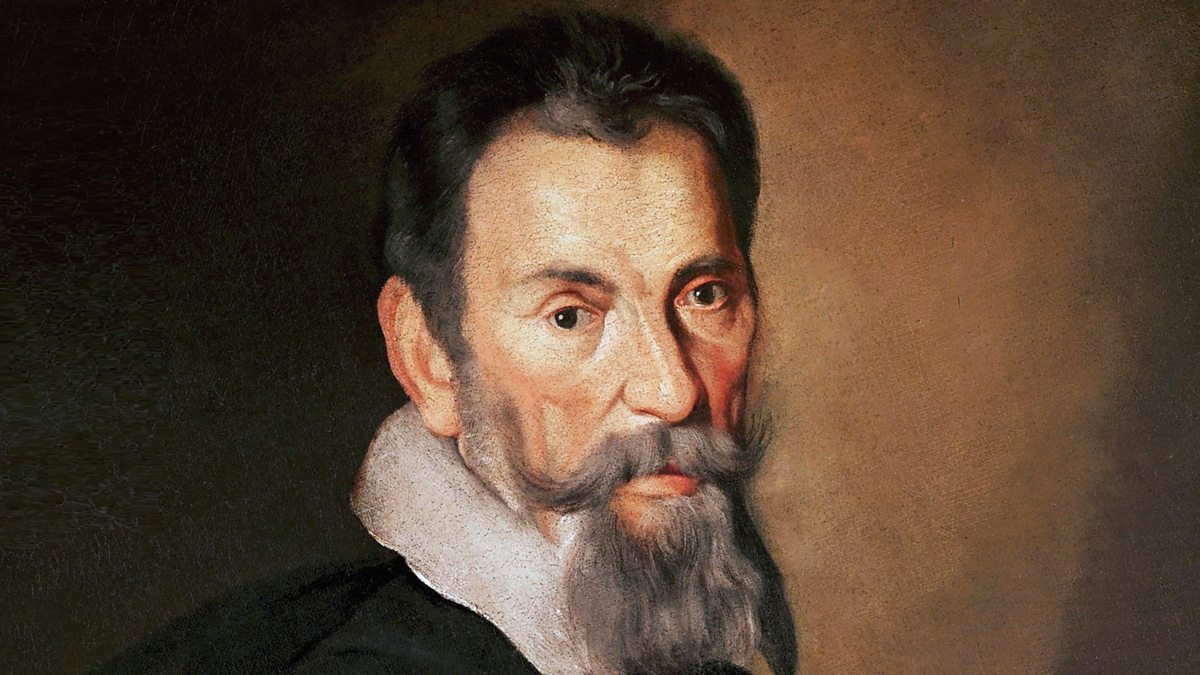The History of “Il ritorno d’Ulisse in patria” by Claudio Monteverdi
“Il ritorno d’Ulisse in patria” (The Return of Ulysses to His Homeland) is one of the most significant operatic works from the early Baroque period, composed by the Italian master Claudio Monteverdi. Premiered in 1640, this opera marks a crucial moment in the development of Western opera and showcases Monteverdi’s mature musical style and dramatic sensitivity.
The Context: Monteverdi and the Birth of Opera
Claudio Monteverdi (1567–1643) is often celebrated as one of the founders of modern opera. His earlier operas, such as “L’Orfeo” (1607), helped establish the genre. By the time Monteverdi composed “Il ritorno d’Ulisse in patria,” he was an experienced composer, serving as Maestro di Cappella at St. Mark’s Basilica in Venice.
The opera was written during the final phase of Monteverdi’s career, when he was already in his seventies. Despite his advanced age, Monteverdi was still at the forefront of musical innovation. Venice had become a lively center for public opera, with a growing number of theaters catering to a paying audience. Monteverdi adapted his style to suit this new, more popular theatrical environment.
The Libretto: Inspired by Homer’s Odyssey
The libretto for “Il ritorno d’Ulisse in patria” was written by Giovanni Francesco Busenello, a Venetian poet and lawyer. The text is based on the second half of Homer’s epic poem, the Odyssey, focusing on the return of Ulysses (Odysseus) to Ithaca after the Trojan War.
The opera is divided into a prologue and five acts (though modern performances often condense it into three acts). It tells the dramatic story of Ulysses’s journey home, the loyalty of his wife Penelope, and the challenges he faces to reclaim his throne from the suitors who believe him dead.
Musical Style and Innovations
“Il ritorno d’Ulisse in patria” reflects Monteverdi’s late style, blending elements of recitative, aria, and instrumental interludes in a fluid and expressive way. Unlike earlier operas, this work shows a deeper psychological portrayal of characters, especially Penelope, whose music conveys a wide range of emotions from sorrow to hope.
Monteverdi uses a relatively small orchestra, typical for the time, featuring strings, continuo instruments, and a small wind section. However, his orchestration is imaginative, supporting the drama with rich textures and harmonic color.
One of the most striking aspects of the opera is its focus on human emotion and moral themes. Monteverdi paints each character with distinct musical language: Ulysses with determination and heroism, Penelope with melancholy and steadfast faithfulness, and the suitors with arrogance and comic bravado.
Performance History and Rediscovery
After its first performance at the Teatro Santi Giovanni e Paolo in Venice in 1640, “Il ritorno d’Ulisse in patria” fell into obscurity for centuries. Unlike Monteverdi’s earlier work “L’Orfeo,” this opera was not widely preserved or performed in the following decades.
It wasn’t until the 20th century that the opera was rediscovered and revived. The original score survived in a single manuscript, with many ambiguities and missing sections. Scholars and musicologists undertook careful work to reconstruct and edit the opera for modern performance.
The first modern revival took place in Zurich in 1922, in a concert version. A fully staged production followed in Vienna in 1955, conducted by Paul Hindemith. Since then, “Il ritorno d’Ulisse in patria” has become a staple of the early music and Baroque opera repertory, frequently performed in opera houses and festivals around the world.
Modern Appreciation and Legacy
Today, “Il ritorno d’Ulisse in patria” is recognized not only as a masterpiece of early opera but also as a deeply human and timeless drama. Its themes of perseverance, love, faithfulness, and moral triumph resonate with modern audiences.
The opera has been recorded by many leading conductors and ensembles specializing in historical performance, including Nikolaus Harnoncourt, René Jacobs, and William Christie. Productions often emphasize the opera’s emotional intimacy and the expressive power of Monteverdi’s music.
Conclusion
“Il ritorno d’Ulisse in patria” stands as a monumental achievement in the history of opera. It represents Monteverdi’s genius in fusing text and music to create profound drama. Its revival in the 20th century reintroduced audiences to one of the most emotionally compelling works of the Baroque era. For anyone interested in the origins of opera and the enduring power of music to tell human stories, Monteverdi’s “Il ritorno d’Ulisse in patria” is an essential experience.


Comments are closed